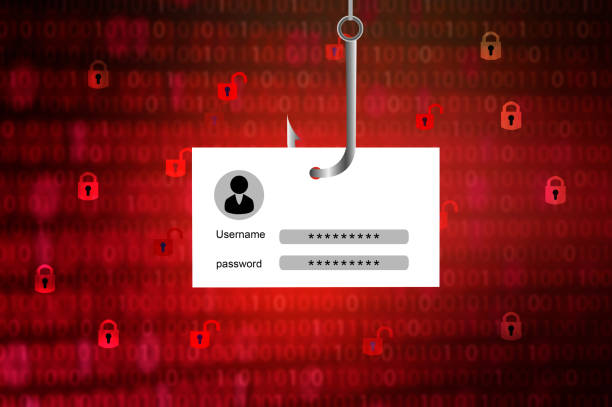Phishing is a type of cyberattack in which criminals attempt to trick individuals into revealing sensitive information, such as passwords, financial details, or personal data.

These attacks usually come in the form of deceptive emails, messages, or websites designed to look like legitimate sources. Phishing remains one of the most common online threats, targeting both individuals and organisations.
How does phishing work?
Phishing attacks often rely on social engineering tactics, manipulating victims into taking actions that compromise their security. Some of the most common phishing methods include:
- Email phishing – Fraudulent emails that appear to come from trusted sources, often urging recipients to click on malicious links or download harmful attachments.
- Spear phishing – A more targeted approach, where attackers personalise messages to make them more convincing.
- Smishing (SMS phishing) – Text messages containing links to fake websites or requests for sensitive information.
- Vishing (voice phishing) – Phone calls from scammers pretending to be banks, government agencies, or tech support representatives.
- Clone phishing – Duplicate emails that appear to be from a trusted sender but contain malicious links or attachments.
Who is most at risk of phishing attacks?
While anyone can fall victim to phishing, some groups are particularly vulnerable:
1. Individuals using online banking and shopping
People who regularly manage finances online are prime targets for phishing scams. Fake emails impersonating banks, PayPal, or retail platforms often attempt to steal login credentials.
2. Employees of businesses and organisations
Companies, especially those handling sensitive data, are frequently targeted through corporate phishing attacks. Employees may receive fake emails from “colleagues” or “managers” requesting confidential information.
3. Social media users and influencers
Hackers often target social media users by sending fake login pages or impersonating platforms like Instagram and Facebook to gain access to accounts.
4. Older adults and less tech-savvy users
Elderly individuals or those unfamiliar with internet security are more likely to trust phishing attempts, especially phone scams and fake emails.
5. Remote workers and freelancers
With remote work on the rise, phishing attacks targeting freelancers and home-based workers have increased, often disguising as job offers or payment requests.
How to protect yourself from phishing
- Verify the sender – Always check the email address or phone number before responding.
- Avoid clicking suspicious links – Hover over links before clicking to see the real destination.
- Use two-factor authentication (2FA) – Adding an extra security layer makes it harder for attackers to access accounts.
- Stay updated on phishing tactics – Awareness of new scams can help prevent falling victim.
- Report phishing attempts – If you receive a suspicious email or message, report it to the relevant platform or organisation.
Phishing is a persistent and evolving threat, but awareness and cautious online behaviour can help protect individuals and businesses. By recognising common phishing tactics and taking security precautions, you can reduce the risk of falling victim to these scams.



